As a principal, my mission is clear: every decision we make, every strategy we implement, every ounce of energy we invest must ultimately benefit our scholars - both in their academic achievement and their personal development. Yet, what many fail to realize is that this mission begins not with the students, but with the adults who teach them.
We cannot center students without first centering the people who shape their daily experience. Educators who feel seen, safe, and supported are far more likely to foster the kind of learning environments where students thrive. This is not just a leadership philosophy - it is backed by neuroscience.
Brad Johnson’s quote captures this beautifully:

These are not platitudes. They are priorities grounded in the science of how we learn and lead.
❤️ The Right Brain Leads First
The human brain is not wired to learn in isolation or under stress. The right hemisphere—the “relational brain”—is where empathy, emotion, and social bonding reside. According to Siegel and Bryson in The Whole-Brain Child, connection must come before correction, and emotional regulation is a prerequisite to higher-order thinking (Siegel & Bryson, 2011).
This means that in a school setting, if we want teachers to teach at high levels and students to learn deeply, we must first ensure the emotional climate supports it (read last week's blog: "Maslow before Bloom"). When we say “relationships before rigor,” we are activating the right brain first—prioritizing connection and safety so the left brain (which governs logic, language, and analysis) can engage fully.
As a school leader, my role is to model and foster this right-brain-first approach—not just in classrooms, but across our entire campus culture.
🍎 Psychological Safety: The Bedrock of Adult Learning
In The Fearless Organization, Amy Edmondson (2019) emphasizes that psychological safety—the belief that you won’t be punished or humiliated for speaking up with ideas, questions, or mistakes—is the foundation for innovation and performance in any organization.
Creating psychological safety for teachers is not an act of charity; it’s a strategic imperative. Staff who feel safe to ask questions, admit uncertainty, and try new practices without fear of retribution are the very ones who grow most. And as they grow, our students reap the benefits.
When I offer grace before grades, I am honoring this science. I’m acknowledging that professional growth is nonlinear and deeply human. I’m building a team of adults who can model resilience and emotional regulation for our students—because they’ve experienced it themselves.
👬Relationships Are Neurobiological
Dr. Bruce Perry, renowned neuroscientist and co-author of What Happened to You?, teaches that “connectedness has the power to counterbalance adversity.” The brain processes connection as a signal of safety, which downregulates the stress response system and primes the brain for learning (Perry & Winfrey, 2021).
This is as true for adults as it is for children.
When I invest in deep relationships with my staff, I am not just building morale—I’m shaping brain chemistry. I am helping create the kind of environment where creativity, collaboration, and cognitive flexibility can flourish.
✏️ Love Is the Leadership Strategy
“Love” may not appear in many leadership frameworks, but it should. When I choose love before lessons, I am not sacrificing academic standards. I am reinforcing them through the most powerful motivator we have: belonging.
The brain does not separate academic from emotional experience. When students and teachers feel loved, the amygdala (the brain’s threat detector) calms, and the prefrontal cortex (home of executive function) activates.
Love isn’t fluff. It’s functional.
🎒The Student-Centered Paradox
To center students, we must first center staff. This is not a contradiction - it’s a sequence. Neuroscience confirms that regulated, supported adults are better able to co-regulate and support young people. And when adults feel affirmed, respected, and emotionally safe, they model those same conditions for students, who then show up ready to engage, explore, and excel.
At www.lairp.org, we seek to elevate not only innovative practice, but the deep human truths that sustain it. This is one of them: our brains are built for connection. Relational leadership is not a detour—it is the path forward.
🏁 Final Word
Leadership is not about choosing between grace and greatness, between patience and performance, between love and learning. It is about understanding the order in which these must come.
Let us lead with what the brain—and the heart—know to be true:
- Relationships before rigor
- Grace before grades
- Patience before programs
- Love before lessons
Because when we prioritize people, our scholars flourish.
References
Edmondson, Amy C. The Fearless Organization: Creating Psychological Safety in the Workplace for Learning, Innovation, and Growth. Wiley, 2019.
Perry, Bruce D., and Oprah Winfrey. What Happened to You?: Conversations on Trauma, Resilience, and Healing. Flatiron Books, 2021.
Siegel, Daniel J., and Tina Payne Bryson. The Whole-Brain Child: 12 Revolutionary Strategies to Nurture Your Child's Developing Mind. Delacorte Press, 2011.
Johnson, Brad. Quoted in “Edutopia.” https://www.edutopia.org
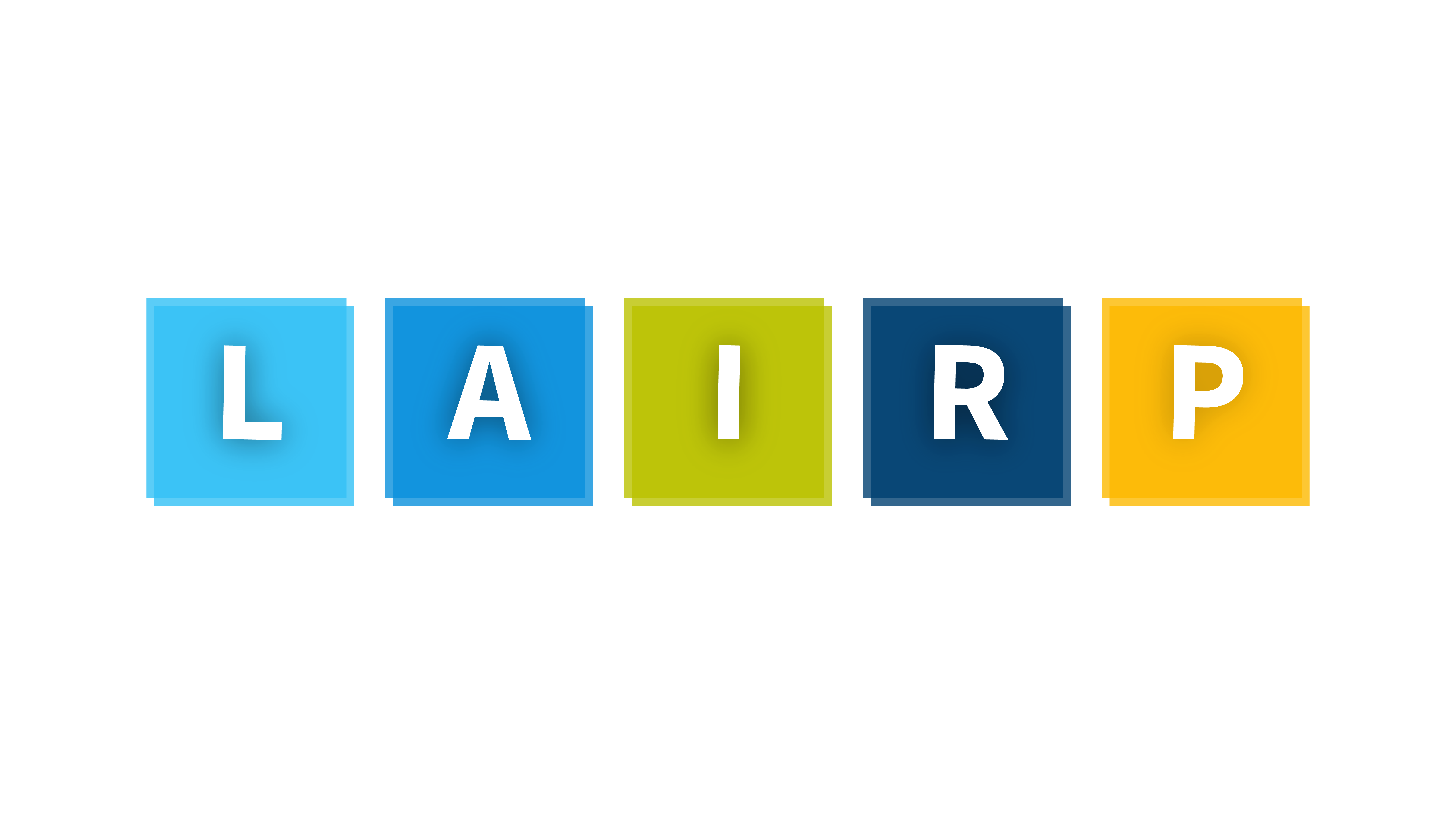
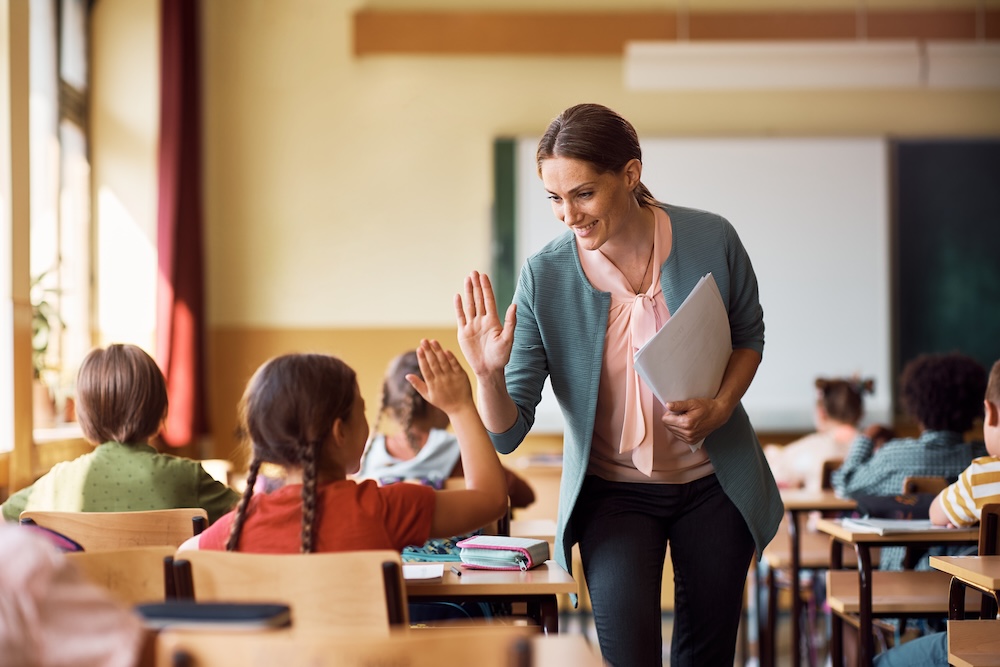
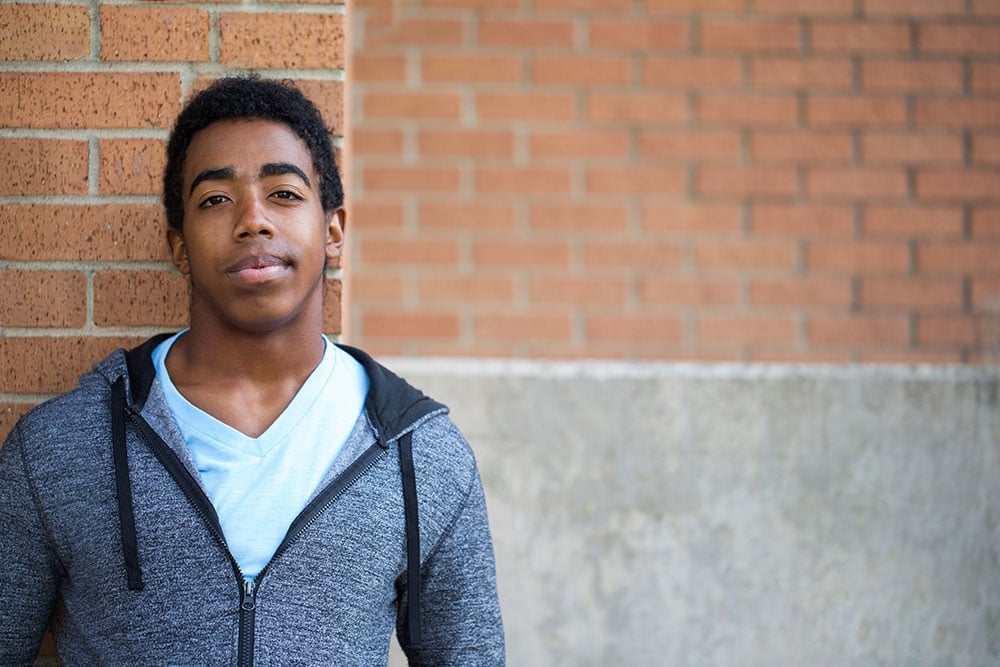
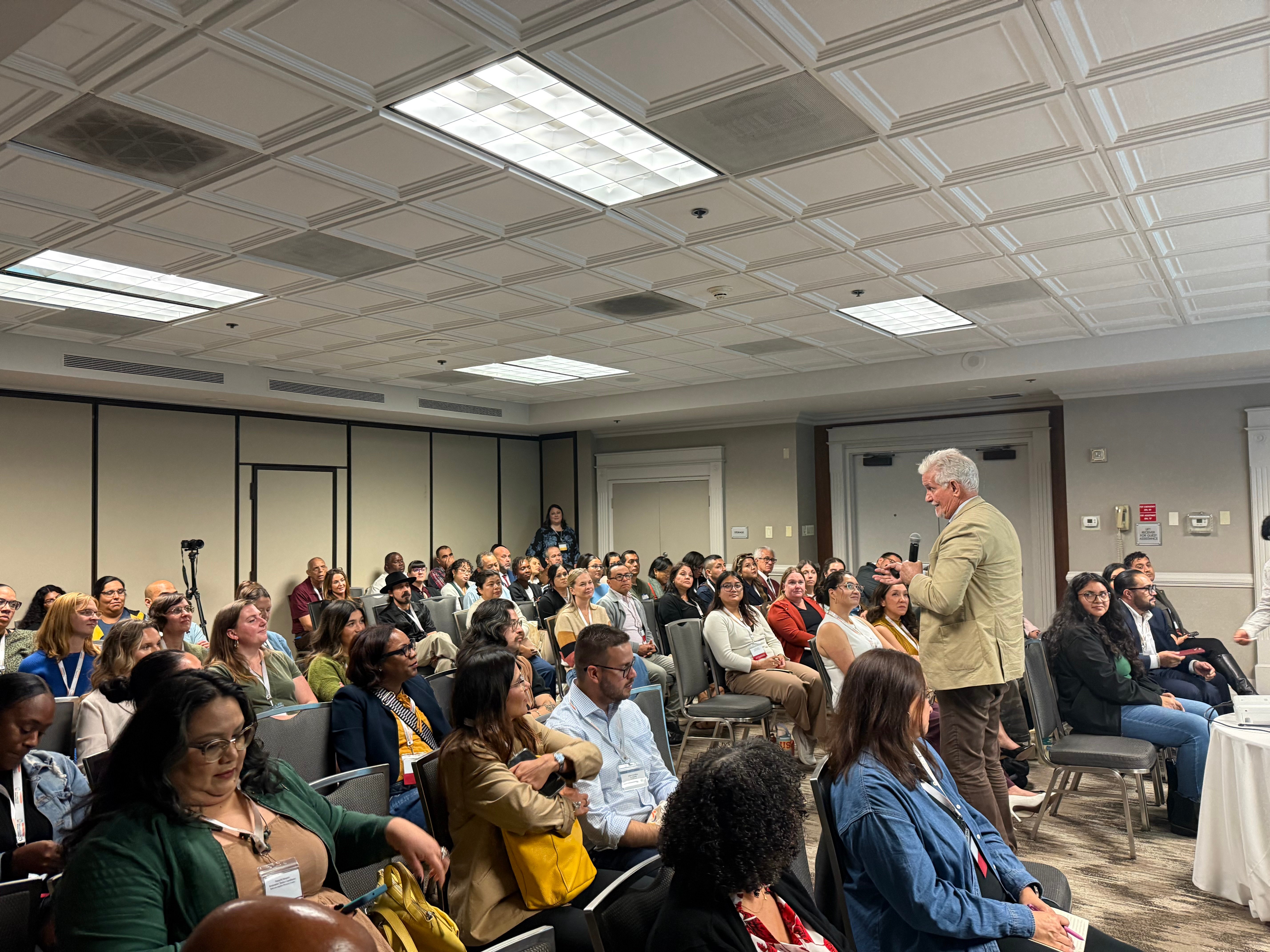
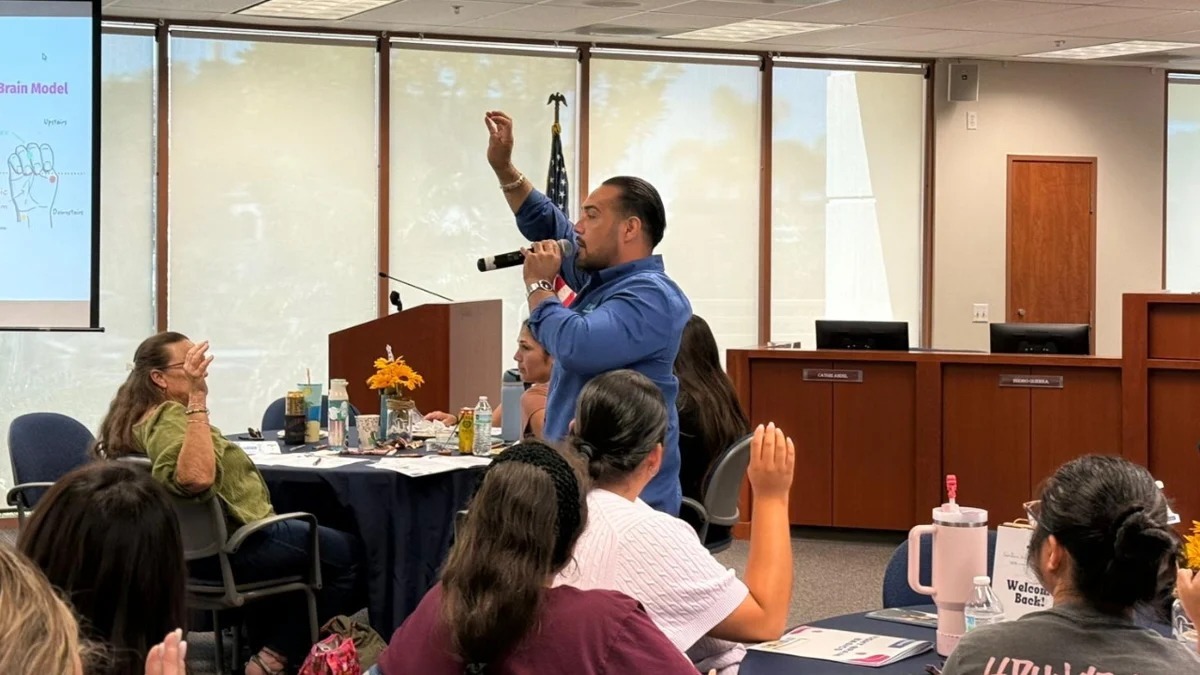

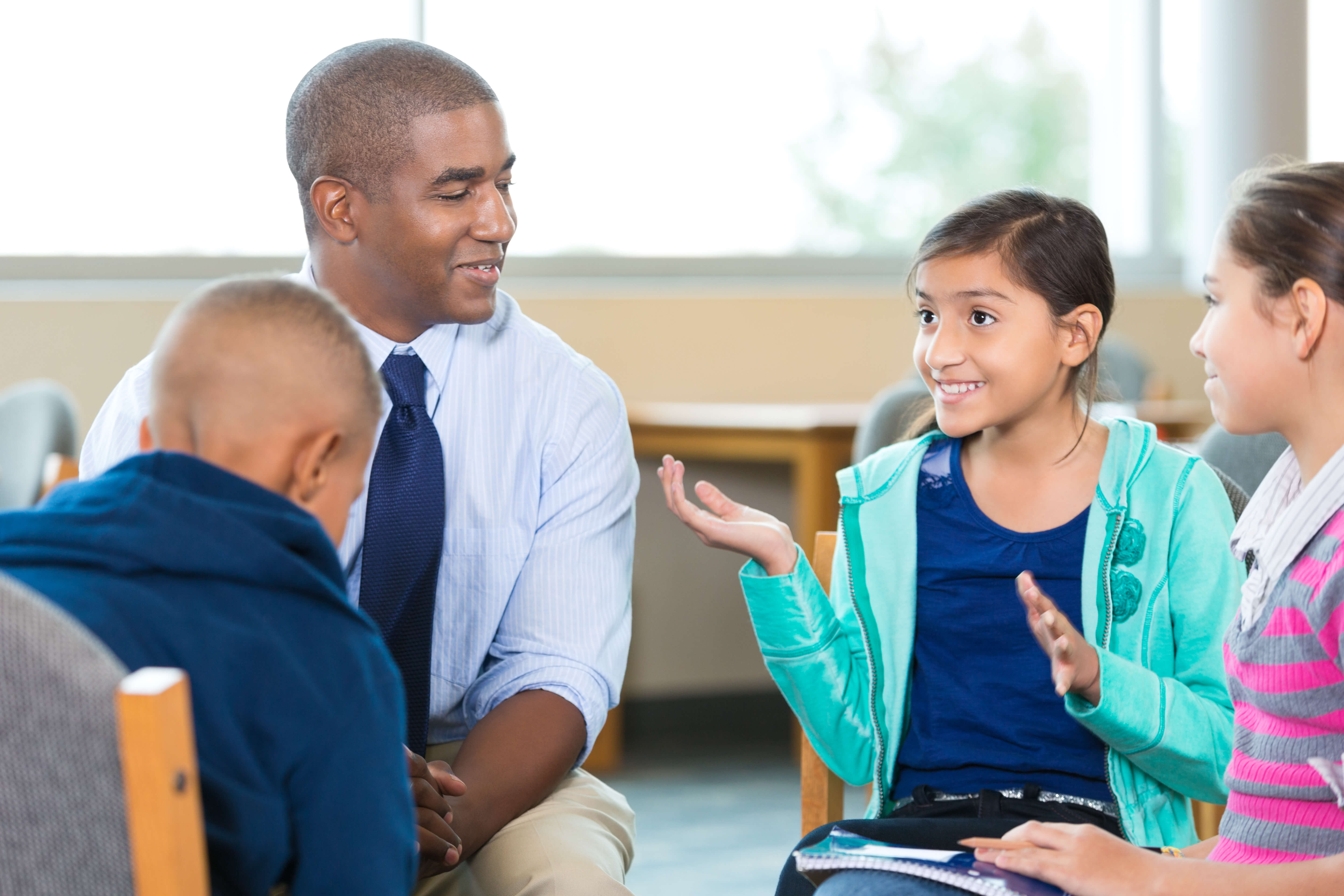
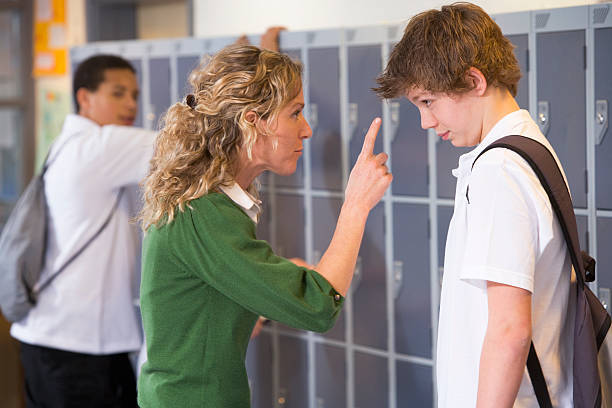
POST COMMENTS